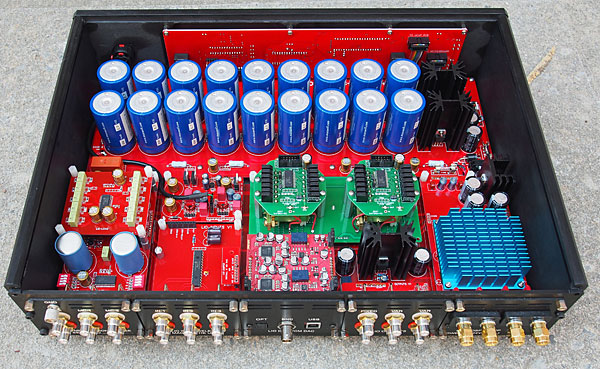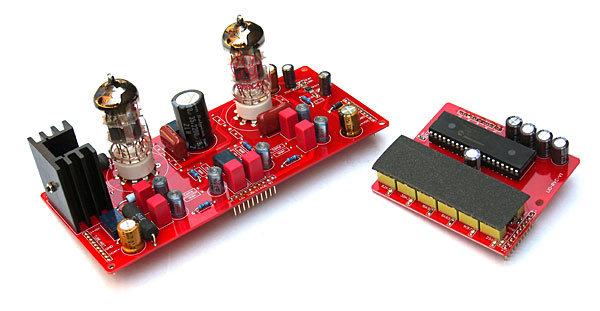| Columns Retired Columns & Blogs |
I hoped for an explanation of the main feature of the LIO. Each Ultra (or super) capacitor has apparently 350F with a max voltage of 2.7V and 9 of them have to be connected in series for each bank to reach 24V with 34F. So the statement of "6300F at 2.7V of total charge under the hood if they all were connected in parallel" is completely misleading because there are not connected in parallel. One bank is charging during the other supplies voltage separated from the charging circuit. As capacitors do not supply a constant voltage when discharging how is that voltage regulated? How often is a switch between banks necessary and does that switching have any influence on sound?











































